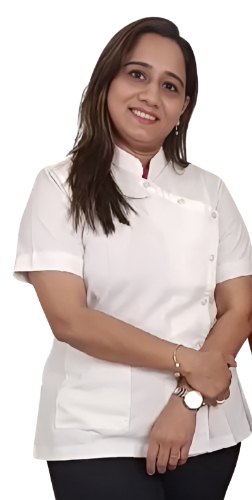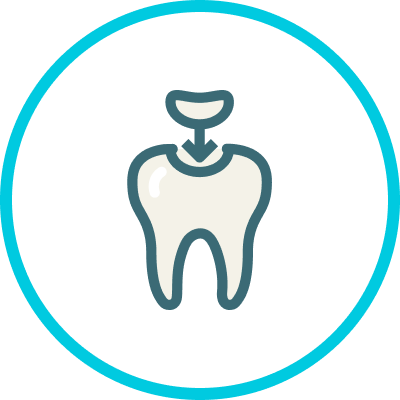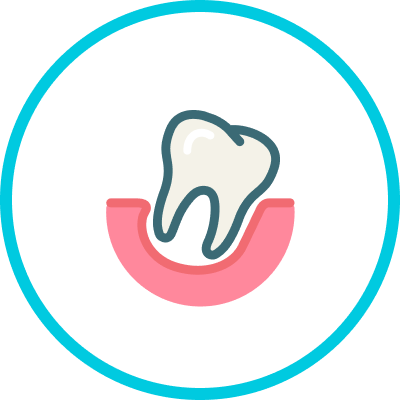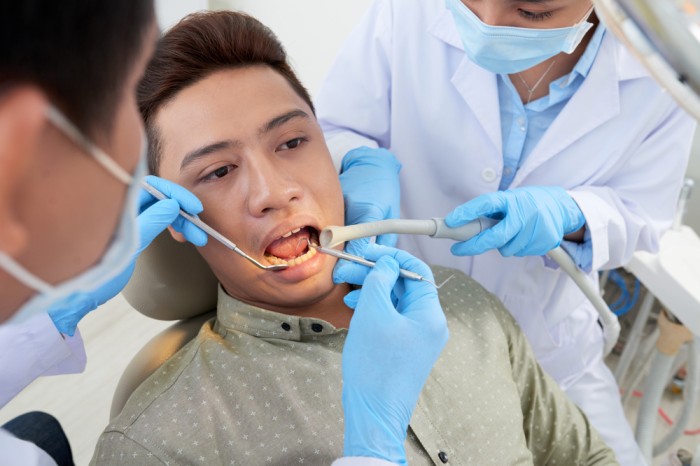Welcome to Ivory Smiles Dental Care
Innovative Dental Clinic in Vashi, Navi Mumbai, For Radiant, Healthy Smiles
Your Trusted Partner in Dental Care Since 2017
with USP of Zero Waiting Time



About Us
Founded in early 2017, Ivory Smiles is at the forefront of providing exceptional dental care in Vashi. Our dentists clinical experience of over 16 years, ensures your oral health is in trustworthy hands.
our Services
At Ivory Smiles, achieving the best possible results for our patients is our top priority. Whether it’s through preventive care, cosmetic treatments, or complex procedures, Dr. Harshada Patil and our dedicated team strive for excellence in every aspect of dental care. With state-of-the-art technology and a commitment to patient comfort, we ensure that each treatment plan is tailored to meet your unique needs. Trust Ivory Smiles for exceptional dental care and experience the difference in your smile.

A permanent solution to missing teeth. They are surgically placed in the jawbone and act as artificial tooth roots.

Extraction of a tooth due to damage, decay, impaction, or orthodontic needs. Modern techniques ensure minimal discomfort.

Focuses on oral health care for children, including preventive measures, treatments for cavities and injuries, and educating about good oral hygiene habits.

Involves cosmetic dental procedures to improve the appearance of teeth and smile, including whitening, veneers, and orthodontics.

A permanent solution to missing teeth. They are surgically placed in the jawbone and act as artificial tooth roots.

Extraction of a tooth due to damage, decay, impaction, or orthodontic needs. Modern techniques ensure minimal discomfort.

Focuses on oral health care for children, including preventive measures, treatments for cavities and injuries, and educating about good oral hygiene habits.

Involves cosmetic dental procedures to improve the appearance of teeth and smile, including whitening, veneers, and orthodontics.
Utilizing the latest in dental technology, we prioritize your comfort and satisfaction, ensuring a pleasant and effective treatment experience. Our personalized approach guarantees that each patient receives a treatment plan designed to achieve optimal results.
Choose IvorySmiles for unmatched dental care and discover the difference in your smile with our expertise and dedication.



We respect your time by ensuring appointments are scheduled with precision.
Our clinic is a favorite among children, thanks to our patient-centric approach that prioritizes their comfort.
Located in Vashi, our clinic is equipped with the latest dental technology.
With over 8 years of experience, our team is dedicated to providing the best dental care.

10:30 AM to 8 PM, Monday to Saturday, open time
Office no 5&6,First floor, Shanti Center Building, Sector 17, Vashi, Navi Mumbai, Maharashtra 400703
Phone - +91 77388 79506
Email - ivorysmiles28@gmail.com
EXCELLENTTrustindex verifies that the original source of the review is Google. totally recommending this clinic to everyone. i was very anxious for my dental treatment but the whole experience was so pain free and relaxing. dr harshada patiently relieved all my queries and also the staff, madhu and nagesh are very helpful and kind.Posted onTrustindex verifies that the original source of the review is Google. Verry fast and good treatment i love the way of work of dentist and staff thank you ivory smiles. Best desntist in vashiPosted onTrustindex verifies that the original source of the review is Google. Fell very good and nice treatmentPosted onTrustindex verifies that the original source of the review is Google. Doctors is extremely polite and skilled .. entire procedure was quite pain free as possible(comparing to my previous experiences).Posted onTrustindex verifies that the original source of the review is Google. Best dentist in vashi....done root canal with no pain....Posted onTrustindex verifies that the original source of the review is Google. Excellent Dental Care!! Dr. Harshada Patil and their team provided me with an outstanding experience. From the moment I stepped into the office, I was greeted warmly and made to feel comfortable. The dental hygienist was thorough yet gentle during my dental care.and Dr. Harshada Patil expertise and attention to detail were evident during my examination. They took the time to listen to my concerns and provided personalized recommendations for maintaining my oral health. I highly recommend Dr.Harshada Patil and their team to anyone in need of top-notch dental care!Posted onTrustindex verifies that the original source of the review is Google. Good experience. Very clean and hygiene. Dr Harshada is very experienced and skilled at what she does. The clinic is well managed and staff courteous. Appointments needed for a visit
Contact us
At Ivory Smiles Dental Clinic in Vashi, we listen to your concerns and work with you to transform your smiles into beautiful, healthy ones. Our treatment is specific to your needs and your lifestyle.
Call us to this number for immediate support
Call now at +91 7738879506 or fill in the form to get in touch with our team.

Take Appointment Now